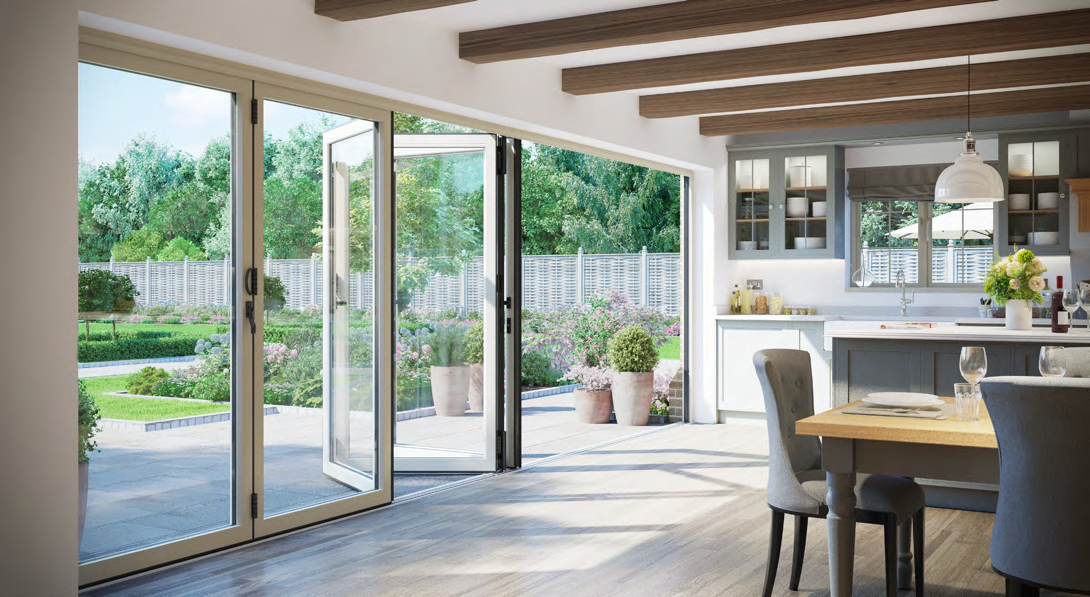Guide To Sliding Door Installation: The Intermediate Guide In Sliding Door Installation
Sliding Door Installation: A Comprehensive Guide
Sliding doors are a popular choice in modern-day architecture and design, offering a smooth connection in between indoor and outside areas while making the most of natural light. Whether for functional or aesthetic reasons, installing sliding doors can transform a living area. This guide supplies comprehensive information on sliding door installation, consisting of essential products, actions involved, troubleshooting pointers, and regularly asked questions.
Tabulation
- Introduction to Sliding Doors
- Kinds Of Sliding Doors
- Tools and Materials Needed
- Step-by-Step Sliding Door Installation (gitlab.kanche.com)
- Preparing the Opening
- Installing the Track
- Hanging the Door
- Adjusting the Door
- Troubleshooting Common Issues
- Frequently asked questions
- Conclusion
1. Introduction to Sliding Doors
Sliding doors are versatile and functional, developed to conserve area while enhancing aesthetic value. These doors run on a track system, permitting them to glide easily open and closed without requiring significant clearance. They are commonly installed in homes leading to patios, balconies, and gardens, but can also be used internally to partition rooms.

2. Types of Sliding Doors
Before diving into installation, it's vital to comprehend the different types of sliding doors readily available:
- Traditional Sliding Doors: This classic style features 2 or more panels that slide along a fixed track.
- Bi-Fold Doors: These doors include numerous panels that fold back versus themselves, providing a broader opening.
- Pocket Doors: These are created to slide into the wall, vanishing when open to conserve area.
- Stacking Doors: Similar to conventional sliding doors, these panels stack on one side for a larger opening.
3. Tools and Materials Needed
An effective installation starts with the right tools and products. Here's a list for recommendation:
Tools:
- Screwdriver
- Determining tape
- Level
- Drill
- Hammer
- Chisel
- Utility knife
- Shatterproof glass
Products:
- Sliding door package (consisting of tracks, rollers, and deals with)
- Wood or metal framing (if needed)
- Shims
- Caulk
- Insulation (if required)
4. Step-by-Step Sliding Door Installation
This section offers a detailed guide to installing a sliding door.
Preparing the Opening
- Procedure the Opening: Ensure the entrance is square and leveled. Measure the height and width numerous times for accuracy.
- Remove Any Old Doors: Take down existing doors, trim, and frames. Clean the area to guarantee a suitable installation base.
- Validate Structural Integrity: Check for any damaged framing that might require repair work before continuing.
Setting up the Track
- Placing the Track: Use a level to mark the position for the track on the top of the door frame or wall. The track should align with the top of the opening.
- Drilling Holes: Drill pilot holes where the screws will be placed. This prevents the wood from splitting.
- Attach the Track: Secure the track to the wall or framing utilizing proper screws, guaranteeing it is even and level.
Hanging the Door
- Connect Rollers to the Door: Following the manufacturer's instructions, attach the rollers to the top of the door panel.
- Lift the Door into Place: Tilt the door into position and place the rollers on the track. Ensure the bottom of the door fits well in any directing track or groove.
Changing the Door
- Inspect Alignment: Open and close the door to examine its motion. It needs to glide efficiently without sticking or scraping.
- Make Adjustments: Adjust the roller height utilizing a screwdriver if essential till the door is properly aligned.
- Seal Edges: Caulk around the edges of the trim and door frame to improve insulation and avoid drafts.
5. Fixing Common Issues
Even with cautious installation, issues might emerge. Here are some common problems and solutions:
- Door Sticks: This may happen due to misalignment. Examine the roller adjustments and realign the door as required.
- Track Issues: If the door jumps off the track, re-examine the installation of the track, guaranteeing it is level.
- Drafts: If there are drafts, check the seals and caulk any openings for better insulation.
6. Frequently asked questions
What is the typical cost of setting up a sliding door?
The cost can differ substantially based on products, labor, and the kind of door selected. Typically, property owners can anticipate to pay anywhere from ₤ 800 to ₤ 2,500 for a total installation.
The length of time does it take to set up a sliding door?
The installation can generally be completed in a day, assuming no significant structural work is required.
Do I need an authorization for sliding door installation?
Depending upon local building regulations and policies, a license might be needed, especially for structural modifications. It's advisable to check with local authorities before beginning.
Can I install a sliding door myself?
Yes, if you have some basic DIY skills and tools, you can set up a sliding door yourself. However, working with a professional might ensure better results, especially for complicated installations.
7. Conclusion
Setting up a sliding door can boost the functionality and appeal of a home. With careful planning, the right tools, and a step-by-step technique, house owners can effectively undertake this task themselves. Whether selecting conventional sliding, bi-fold, or pocket doors, understanding the installation procedure makes sure a premium finish that will serve for many years to come.



